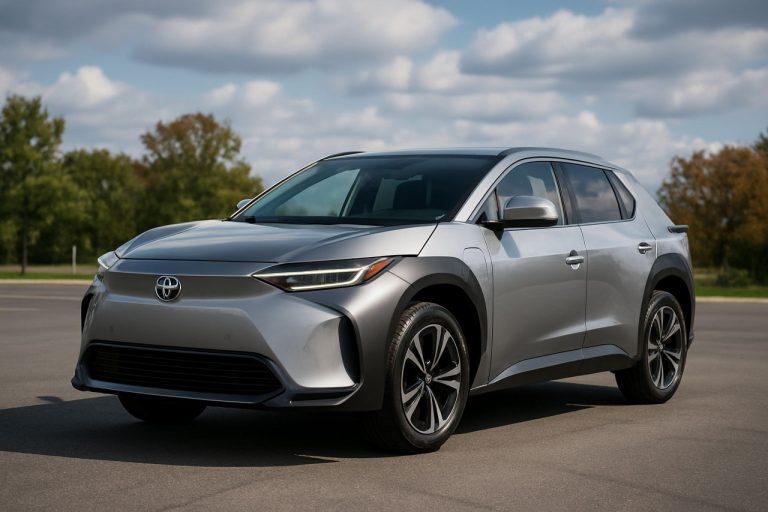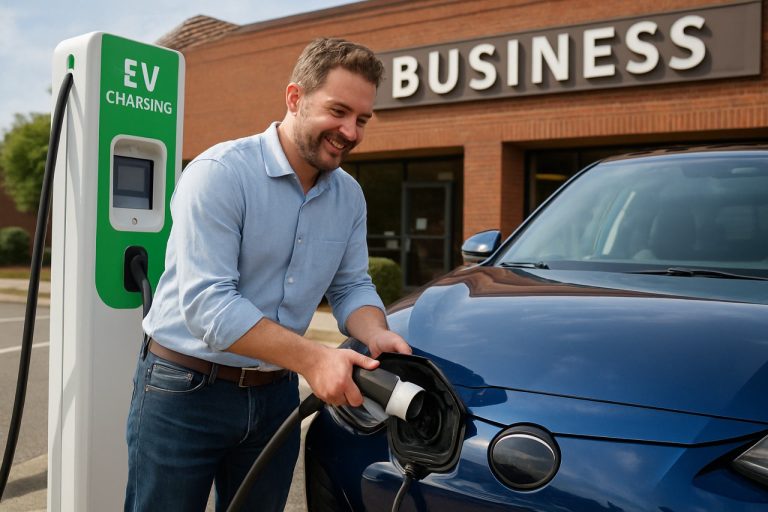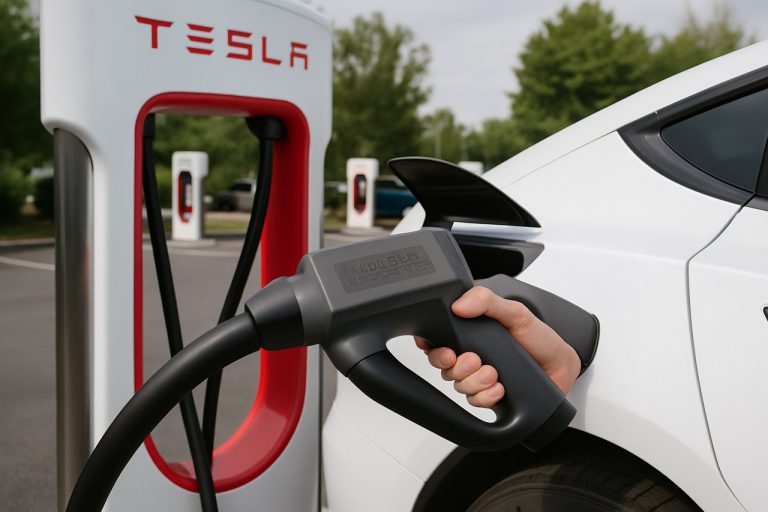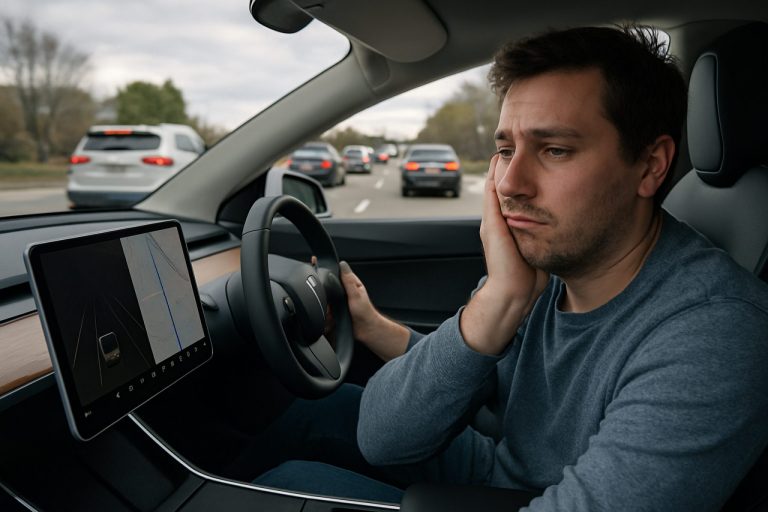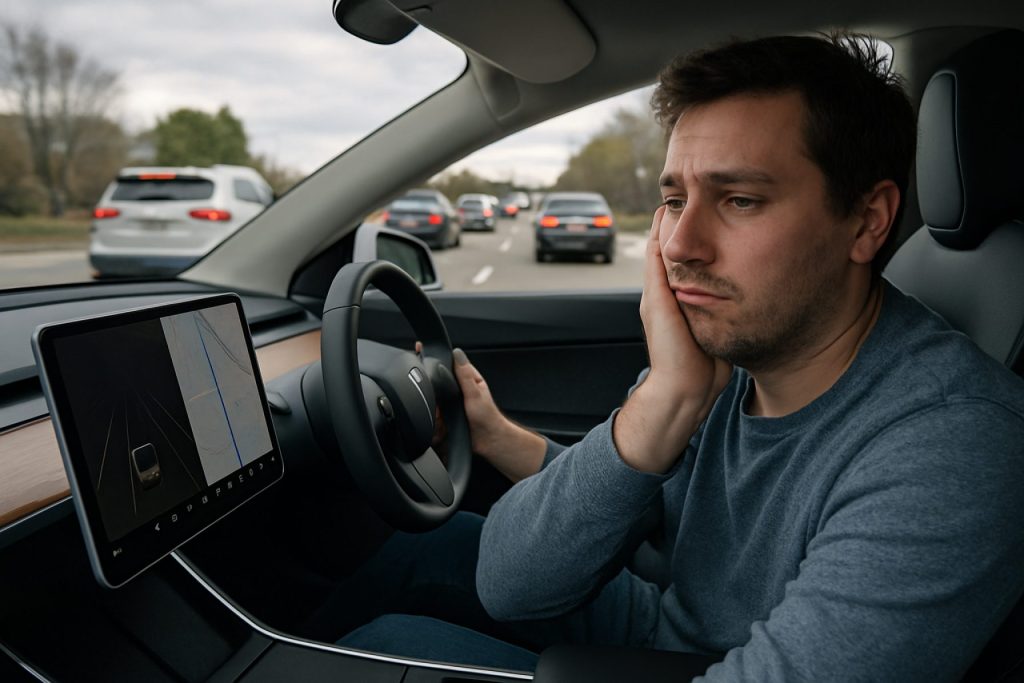
The Great EV Interior Problem: Why All Electric Cars Look Identical in 2025—And What Needs to Change
Modern electric vehicle interiors are sleek and tech-heavy—but have they lost their character? Discover the reasons behind this design shift.
- 95%+ of new EVs feature dashboard touchscreens as the primary interface
- 3 major automakers use one modular platform for over half their EV lineups
- Nearly 100% of 2025 EVs have eliminated traditional buttons and dials in favor of software controls
Step into almost any new electric car, and you’ll meet a scene that feels eerily déjà vu. Picture a sculpted dashboard stripped of knobs, a giant floating glass panel pulsing with digital energy, and endless rows of faintly recycled plastic. Whether you’re inside a Tesla Model Y, a Hyundai Ioniq 5, or a Volkswagen ID.4, the surroundings barely differ. The age of character and quirky controls is over—welcome to the era of automotive sameness.
It’s as if every design chief took the same philosophy class and returned convinced that personality is passé. Only pale colors, smooth lines, and touch panels matter now. But is this so-called “progress” robbing cars of what made them lovable to begin with?
How Did Electric Car Interiors Get So Boring?
The trend toward minimalist, screen-centric interiors traces back to Tesla. The original Model 3 ditched physical clusters and switches for one massive touchscreen. Suddenly, less became more—at least on the sales floor.
Measured in press-release photos, it worked: rival brands including Ford, BMW, and even ultra-luxury names like Mercedes-Benz jumped aboard. Hyperscreens, curved displays, and app-driven everything took hold. The once-quirky car interior transformed into a glossy tech demo.
Why Are All the Buttons Gone?
Automakers are designing EVs for software first. Climate controls? Three clicks deep. Radio tuner? Swipe, tap, and scroll. This digital-first approach looks impressive, but quickly frustrates real drivers when even turning up the heat gets complicated at highway speed.
At the same time, color palettes have gone from wild to sterile. Greys, soft blues, an occasional beige—the choices are as safe as a law firm’s waiting room. Even ambitious brands like Lucid or Rivian only tweak the formula. Nobody—and especially not the mainstream automakers—seems willing to risk “weirdness” or flair.
Q&A: What’s Really Driving the “Single-Style” EV Interior Trend?
Q: Is this just about trends, or something deeper?
Modern EVs are commonly built on “skateboard” platforms, modular architectures where interiors must conform to fixed dimensions to save money. Shared foundations mean a Kia EV6 and a Genesis GV60 offer near-identical layouts. For automakers, cost-cutting and production speed outweigh creating unique experiences.
Q: Are there any exceptions?
Some luxury names are experimenting—think Bentley’s attempts at blending classic craftsmanship with electric innovation—but most just swap materials or screen sizes. The core experience remains app-driven and minimalist.
How Can Car Designers Bring Back Character?
If the future belongs to EVs, why not let it be imaginative? Drivers crave details they can touch, stories they can feel. Remember the offbeat placement of a Saab ignition, or the velvet armchair seats of a vintage Citroën? These weren’t ergonomic marvels, but they made every drive memorable.
2025’s risk is not in going too far with design, but not far enough. Drivers fall in love with cars that surprise, delight, and even confuse a little—not with sterile efficiency.
How To Demand More from the Next Wave of EVs
- Test drive different EVs and notice their tactile features—not just the software interface.
- Give feedback to automakers if you miss physical controls or distinctive materials.
- Watch smaller, up-and-coming brands; they’re more willing to take design risks.
- Stay informed about the latest innovations and trends from sources like Car and Driver and Motor Trend.
Don’t settle for a bland commute—demand personality from the electric future!
- 🌟 Hunt for cars with at least one unique, physical design feature
- 🚗 Try out tactile controls during your test drives
- 📝 Give honest feedback to automakers
- 🕵️♂️ Support brands championing creative interiors
